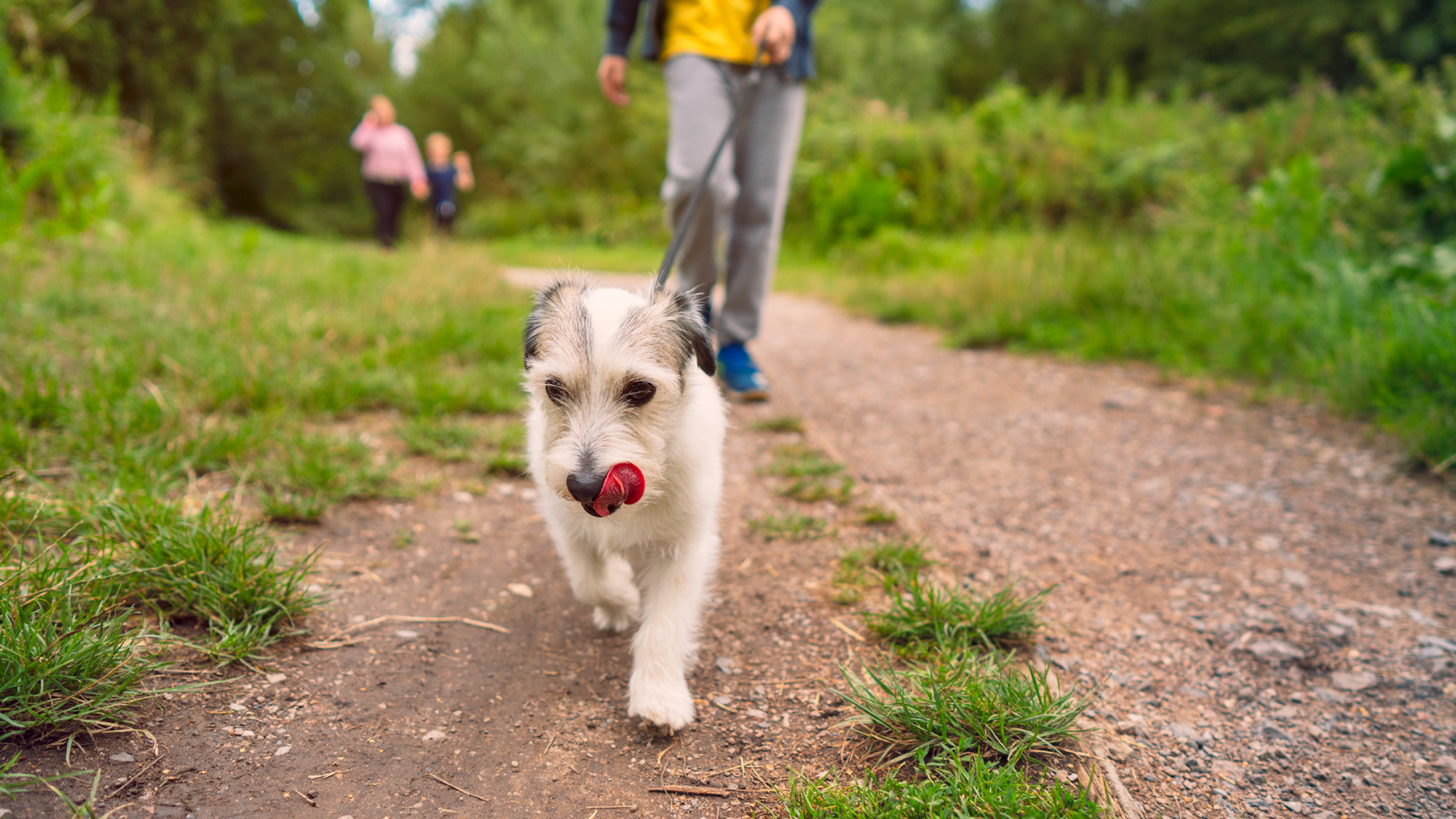Are you holding your dog’s leash correctly? Try this trainer’s simple advice for more calm and controlled walks
Discover the key to calm and controlled walks with your dog!

Many dog owners face challenges while walking their pet on a leash such as pulling, lunging, jumping up, or erratic behavior, which can make walks stressful and less enjoyable. While, how you hold the leash isn’t regarded as one of the most common loose leash walking mistakes, it’s certainly an underestimated factor for canine owners to consider.
It’s common for us to immediately blame the animal in this scenario, especially if they are known to be a particularly badly behaved dog or in some cases, being put on a leash can be one of the causes for reactivity in dogs. However, have you ever questioned if a dog’s poor leash walking skills is down to you, the walker?
When it comes to walking your dog, the way you hold the leash can significantly impact their behavior and overall walking experience. According to dog trainer, Ridge Vogel, one common mistake dog owners make is wrapping the leash around their hand.
While it may seem like a way to gain control, it actually sends tension down the leash, which the dog can sense and respond to. This tension can contribute to increased excitement or anxiety in dogs, leading to undesirable behavior on the walk. Instead, there is a more effective technique that can help alleviate these issues and promote better leash manners.
Vogel demonstrates this in a video shared on Instagram. Check this out below for some top tips before reading on and finding out why this trainer advocates for holding a leash the right way.
A post shared by Ridge | Dog Psychology & Human Training (@ridgedogbehavior)
A photo posted by on
Vogel includes in the video that proper leash handling involves holding the leash with one hand and learning to climb down it. This technique allows for better control and communication between you and your dog.
By using this method, you can easily adjust the length and tension of the leash as needed, giving you the ability to guide your dog more effectively. This approach also avoids signaling stress or lack of confidence, which can have a negative impact on your dog's behavior.
“Small changes can yield big results,” wrote Vogel in the Instagram caption. He believes that an owner’s body language can impact how your dog feels and reacts on the leash. Rather than trying to deceive your dog, it's crucial to be aware of your body language, acknowledge your emotions, and consider the impact they have on your dog's behavior.
Holding the leash with confidence, keeping your head up, and breathing calmly can make a world of difference in the overall dynamics of your walk. If you think Vogel’s leash holding technique could benefit you and your dog’s walks, give it a go.
Get the best advice, tips and top tech for your beloved Pets
If you try it out a few times and you don’t notice any difference and your dog still pulls or plays up while on their leash it could be worthwhile for you to seek help from a professional trainer or behaviorist. If so, have a read of our guide on how to spot dog trainer red flags to ensure you find a safe and qualified person to work with your beloved pup.

Jessica holds a journalism degree from Cardiff University and has authored articles for renowned publications, including PetsRadar, Fit&Well, LiveScience, Runner's World, The Evening Express, and Tom's Guide. Throughout her career in journalism she has forged connections with experts in the field, like behaviorists, trainers, and vets. Through her writing, Jessica aims to empower pet owners with accurate information to enhance their furry companions' lives.
